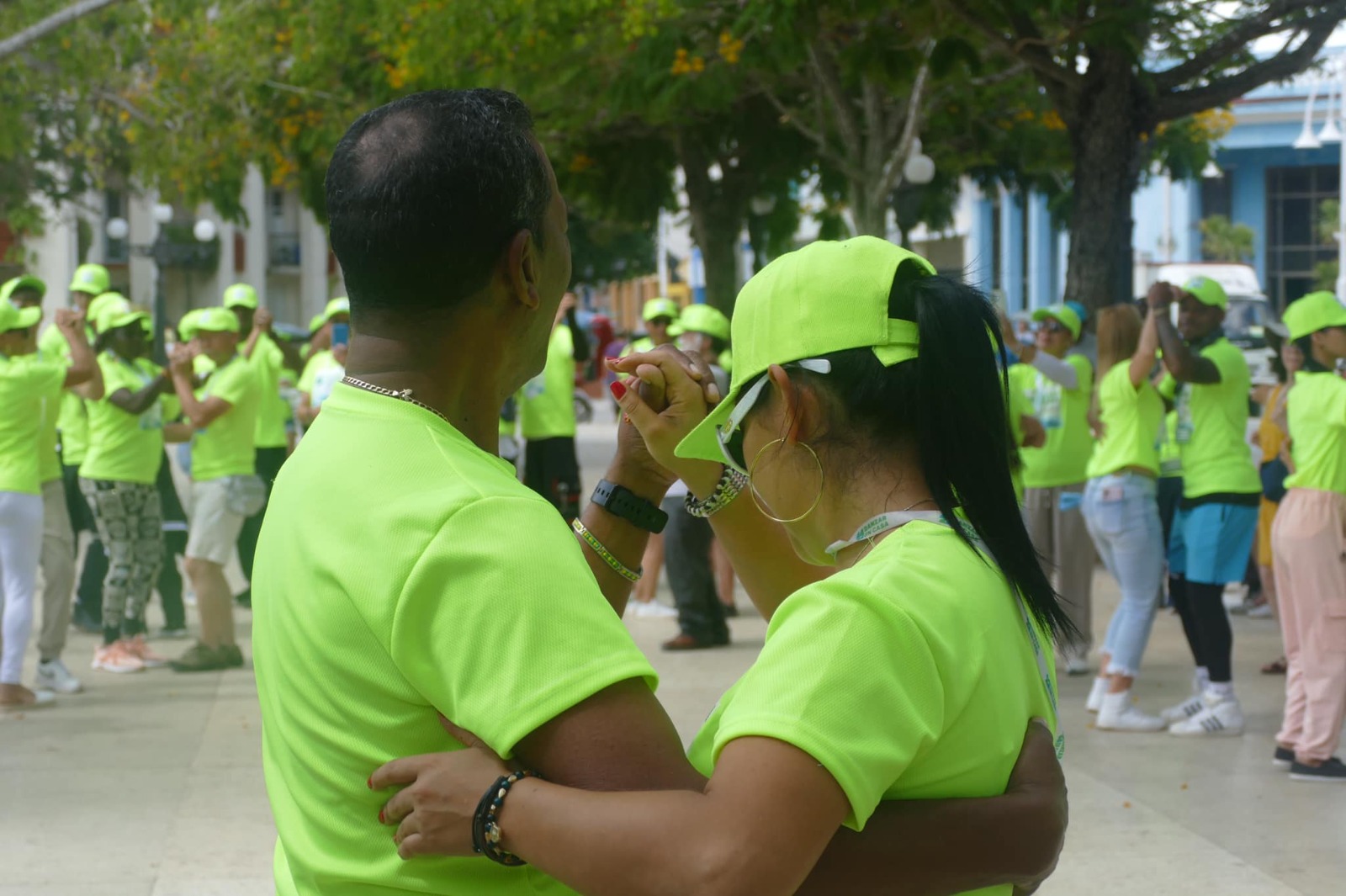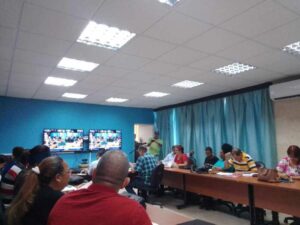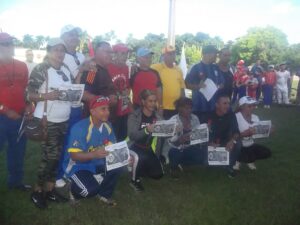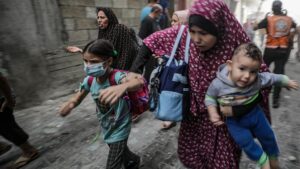It is always beautiful when dance fills the faces of spectators of any age group and nationality with happiness and complacency. Thus the dance marathons in this third edition of Dancing at Home 2025 have multiplied the joy from these moments of musicality, corporal expression, metaphors of the body, extra verbal language, pulse culture and colour.
On the third day of this already essential event, just on the celebration of 29 April as World Dance Day, once again the people of Avila who wanted to enjoy a picturesque and tasteful show, could enjoy it if they came to the corner of the Martí Park facing Marcial Gómez and Independencia. The place, already inebriated by so much culture drunk in the last years, has become the ideal space for galas and open-air music and dance performances.
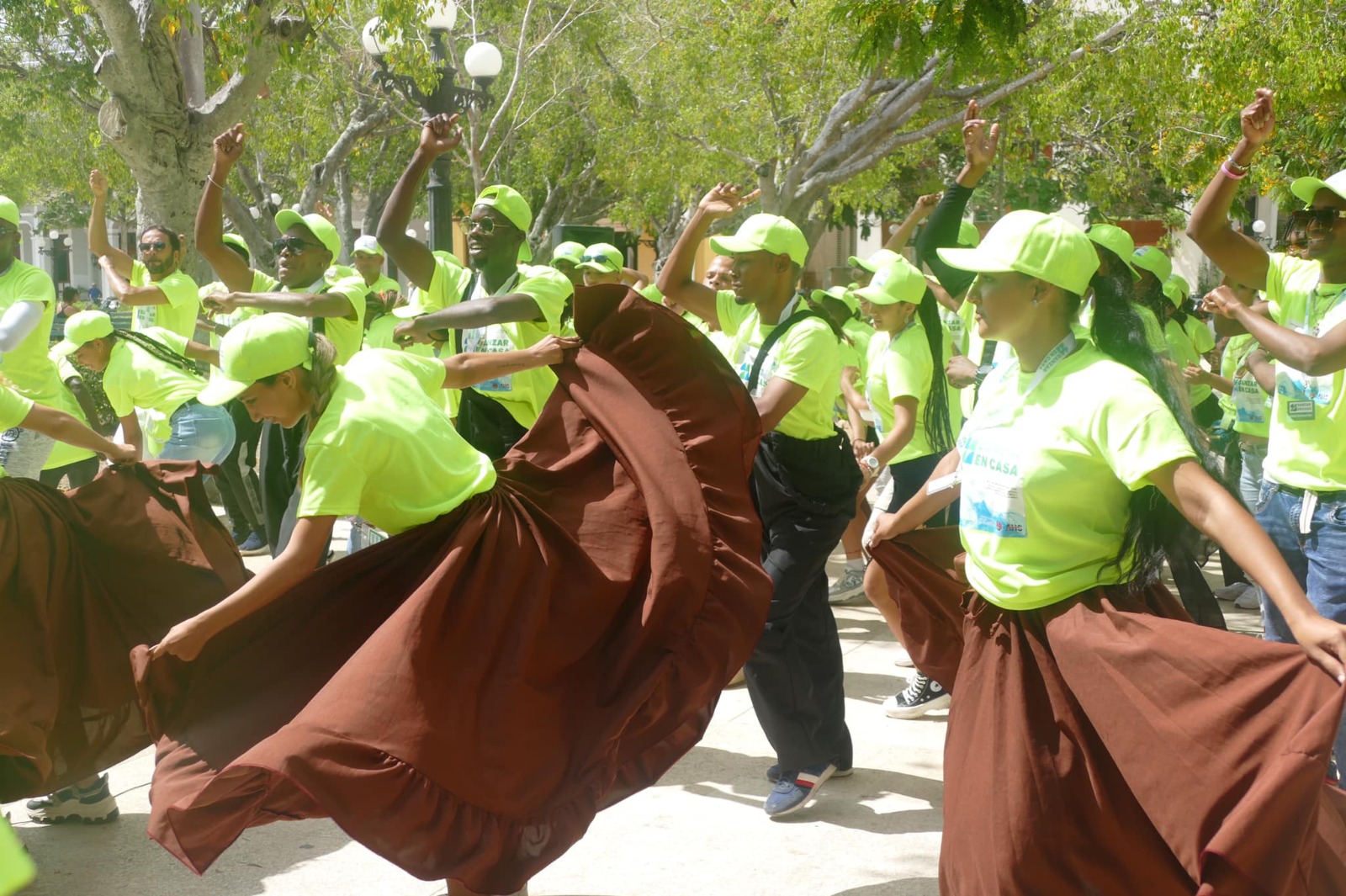
People appreciate it. That is what matters. The ultimate goal of all art must be the people, i.e. the public. Otherwise, we would be making sterile art, like the fruits of hermits.
That is why it is necessary to listen and understand when an Italian dancer like Gulia Coco, who recreated Cuban expressiveness in a flesh and an idiosyncrasy quite foreign to ours and knew how to incorporate the rhythm of the son, of the timba, in her own breathing way, is cheered en masse with applause. The ovation she received, even before finishing her dance, was a clear demonstration that when art arrives and transmits, it is worth all the justice in the world.
Likewise, the Colombian group Danza viva, who danced in a culturally grateful way with elderly people, also drew moving and happy applause from a people who somehow felt reflected by the ageing of the Cuban population in recent times.
The same audience also applauded the Grupo Contemporáneo Danza Libre, a trio from Brazil that was able to bring to the language of bodies the Brazilian idiosyncrasy of urban life and a reality that even today continues to be one of sad moments and spaces where poverty and inequality have not been eradicated.
Applause was also deserved by the school of contemporary dance of Mexico and our own Nagó, Famn Zetwal, Telón abierto, with their multiple ways of expression and their few successes on stage.
This marathon also served to recognise the Latin Luli’s production group, with Lupe Díaz Beracierto, for all their dedication to the development of both dance and theatrical spectacle in a city where the portals are well-established symbols of hospitality.

